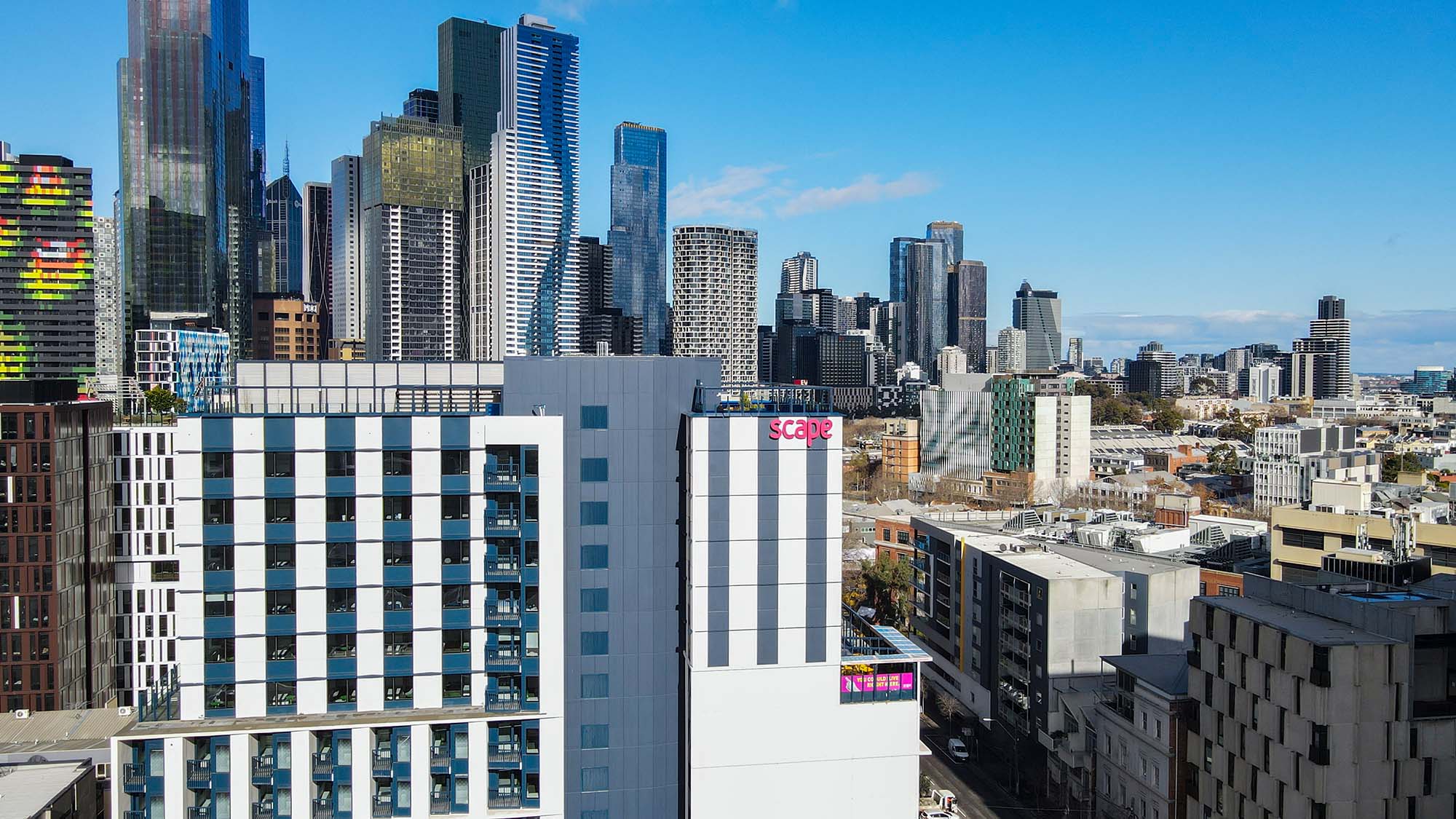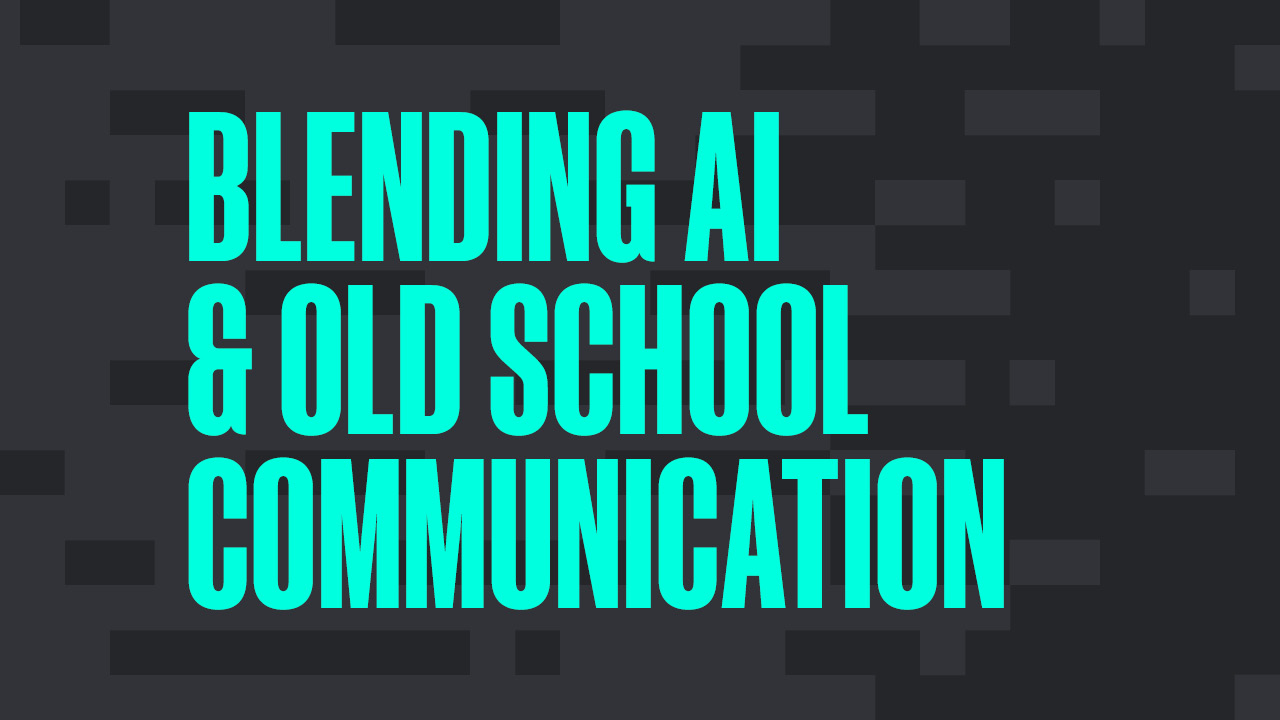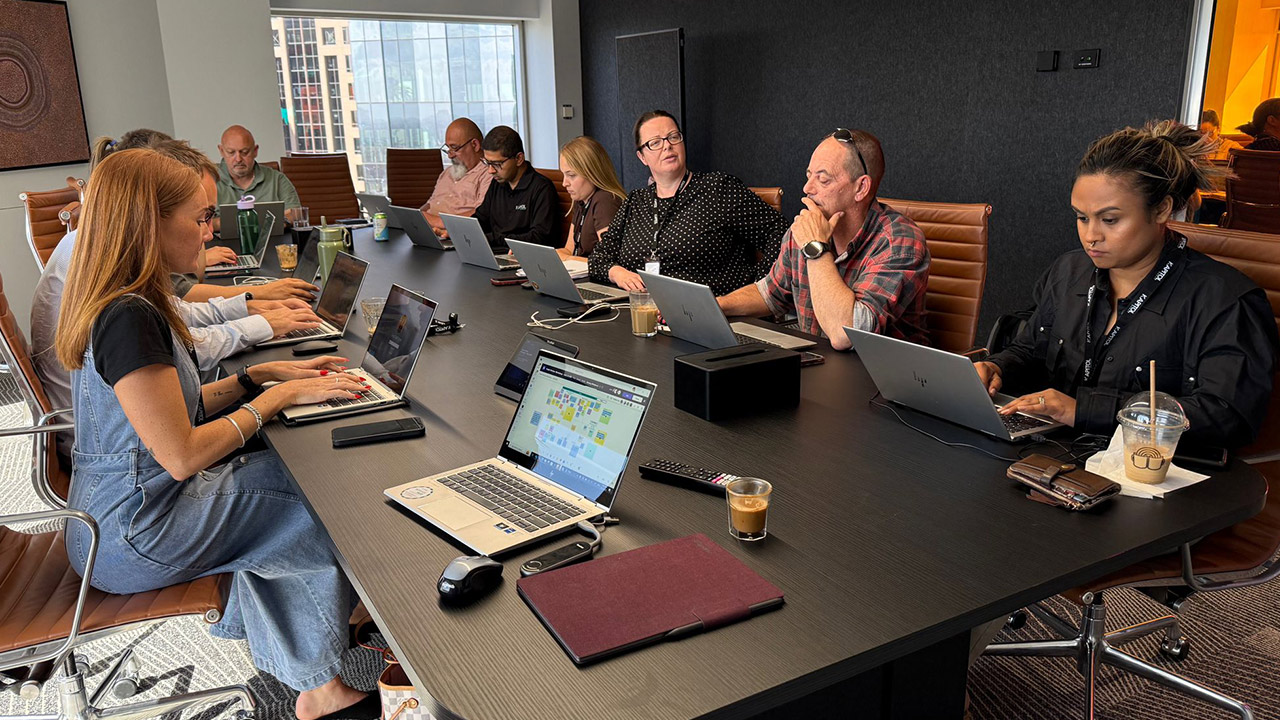
Share this story
This October, in recognition of National Safe Work Month, we’re showcasing how we’re redefining safety in construction through a series of specialised Safety in Design Workshops. Our innovative approach is transforming how we address safety risks across the project lifecycle, setting new benchmarks for construction management.
The Traditional Approach to Safety in Design
Traditionally, a builder becomes involved in Safety in Design late in the design process, typically when the design is 80% complete. At this stage, builders are brought in to:
- Review the design
- Identify potential risks during construction and for future maintenance
- Compile or expand an exhaustive risk register
While this process is vital, it often feels like a ‘tick-the-box’ exercise, offering limited opportunities for meaningful design changes that could effectively mitigate risks. In the past, Safety in Design workshops often consisted of simply reviewing consultant documentation, relying heavily on the designer’s understanding of the project.
Enhancing Safety in Design with BIM
At Kapitol Group, BIM is utilised to provide attendees with a clear, visual representation of the project elements being discussed and reviewed. Unlike traditional 2D drawings, the 3D BIM model allows everyone involved—designers, trades, and even non-technical stakeholders—to better understand complex aspects of the design. This visual clarity encourages more productive discussions, making it easier to spot potential safety risks that might otherwise go unnoticed. Once the models are coordinated by the consultant team and federated by Kapitol Group, the project team conducts the Safety in Design Workshops. The BIM model facilitates deeper collaboration, helping the team proactively address safety concerns before they escalate into costly or dangerous issues on-site.
Expanding Safety Focus with Multiple Workshops
During our Safety-in-Design process for the Stage 2 development at NEXTDC’s M3 Melbourne data centre, instead of a single four-to-six-hour meeting that attempts to cover all aspects of safety, we facilitate six-to-eight targeted Safety in Design Workshops. Each workshop is dedicated to specific disciplines—mechanical, structural, electrical, and more—during the spatial design phase when there is greater opportunity to influence the design. By conducting these targeted workshops, Kapitol Group aims to equip NEXTDC with a streamlined list of risks that will require operational protocols to ensure the safety of end users and those involved in the construction phase.
Benefits of the New Workshop Format
- Focused Discussions: Delve deeper into each area of safety.
- Identify Overlooked Risks: Address potential issues that might be missed in a broader setting.
- Active Design Influence: Shape the design for enhanced safety from the outset.
Collaboration: The Heart of Safety in Design
We believe that everyone involved in a project—from designers and trades to end-users—plays a crucial role in making a building safer for all. Our approach to Safety in Design at M3 Stage 2 is about harnessing this collective knowledge to build safer, more efficient buildings, setting a new benchmark for safety in the construction industry.
Lessons Learned from M3 Stage 1
Our experience from M3 Stage 1 has highlighted the importance of involving the facility management team earlier in the design process. Their day-to-day experience with the building provided invaluable feedback on design issues that could have been avoided.
Key Insights Gained:
- Conducted a Review Session: Collaborated with the project manager and NEXTDC’s facility team to capture their insights.
- Pivotal Change in Approach: Ensured both construction and operational teams are included from the outset.
Being in the Early Contractor Involvement (ECI) phase gives us a unique opportunity to influence the design well before construction begins. This allows us to incorporate valuable feedback from:
- Our Trade Partners who built Stage 1
- Facility managers who use the building daily
Through our workshops, we’re committed to going beyond standard safety protocols and integrating the perspectives of those who use and build our spaces daily. By leveraging collaboration and early involvement, we are ensuring that safety is a foundational aspect of our projects.
Latest News

Scape Leicester St - Clean and Green Student Living
Located on the doorstep of University of Melbourne and the Melbourne Law School in the bustling student mecca of Carlton, the Scape Leicester Street project is one of Kapitol Group’s most acclaimed residential developments.

Blending AI & Old School Communication for Optimal Construction Delivery
Leading builder and construction industry innovator Kapitol, together with project management company Newbridge, are currently delivering 100MW through the second stage of NEXTDC’s M3 data centre in Melbourne.

Enhancing Construction Quality with Ishikawa Sessions
Our Ishikawa workshops uncovered ideas to enhance construction processes, with 90 participants driving improvements for a successful 2025.
